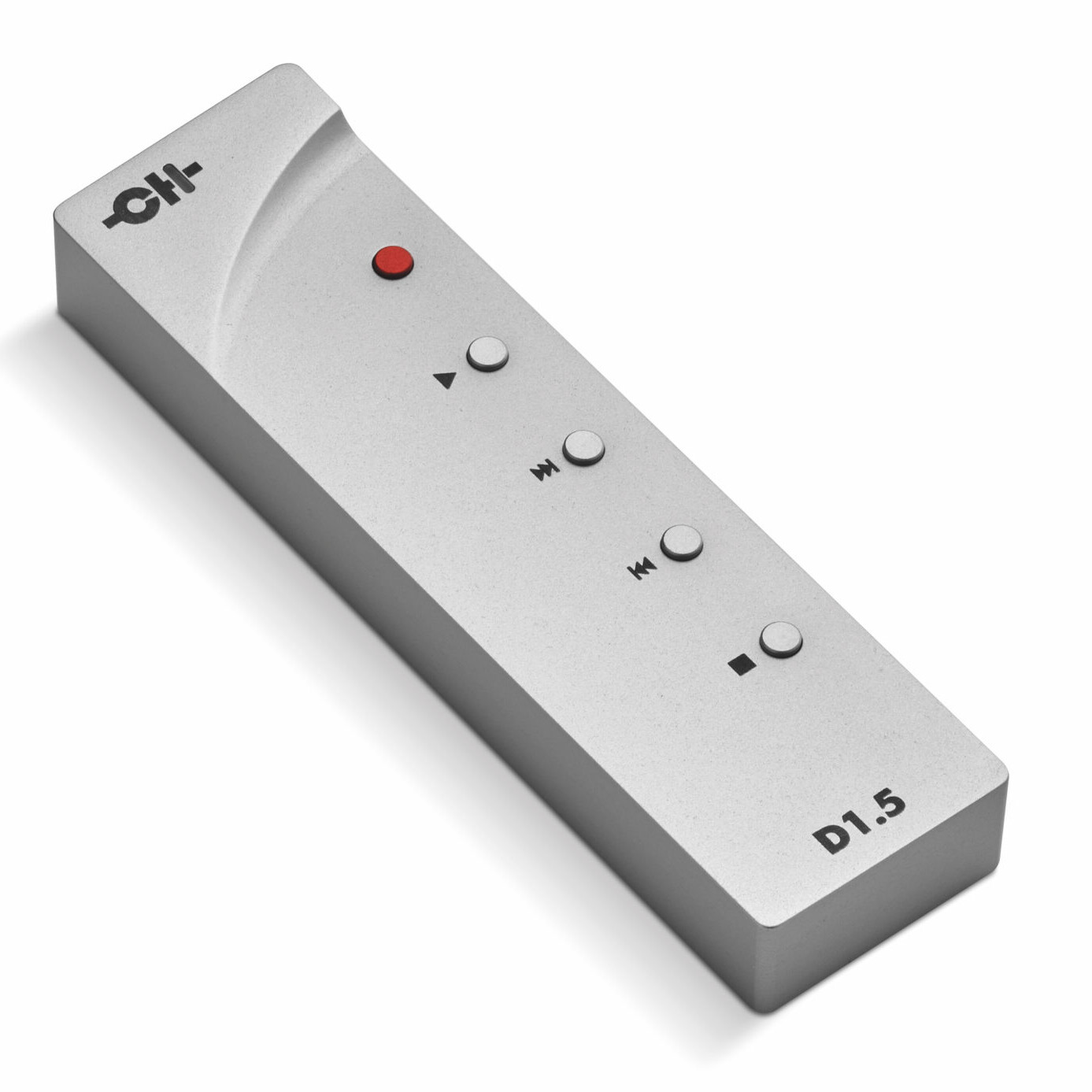For those unfamiliar with the X1, it’s a universal, external power supply that can be added to any of the CH Precision front-end components, from the transport and DAC to the phono and line-stage. Built into the same elegantly sculpted chassis as the other ‘standard’ CH components (the amplifiers share the styling, footprint and construction but are built into taller versions of the ‘standard’ chassis) it is a modular component that can be user specified with one or two highly regulated DC output cards. As noted above, a single output X1 is priced at $17,000, while an additional output card (to drive a second, separate unit, such as the C1 DAC) can be installed for $3,500. The modular components can even be redeployed to create a pair of single-supply X1s, all without cost penalty. Why would you want to do that? Because not only does a pair of single supply units outperform a dual supply unit, it’s an integral part of the four-box “true-monaural” P1, L1 or expanded DAC configurations. But all that lies in some possible future. What we are talking about here is a single-supply X1, driving the D1.5, creating what at least appears to be a classic two-box CD player.
Two boxes are better than one…
What does adding the X1 add to the D1.5’s performance? Poise and purpose – at least if we are talking in musical terms. Sonically, you are going to hear a significant drop in noise floor along with all the other benefits that implies: increase in dynamic response and range; a quieter, blacker background; greater focus and definition; a greater sense of space and dimensionality; increased tonal palette and density; and not just more clearly defined notes, but even better definition of those all-important spaces between those notes. If those sound like significant changes it’s because they are. This is no subtle, “listen carefully and you’ll hear it” difference. This is smack you in the face obvious.

Let’s revisit that Taneyev 2ndSymphony (Polyansky and the Russian State Symphony Orchestra, Chandos CHAN 9998). You only need to listen to the first few bars of the opening movement to hear what the X1 adds to the D1.5. Played on the standalone player, the sound is already big and bold with that unmistakably Russian tonality and orchestration. But plug in the X1 and the sound simply expands in every sense and every direction. The big opening chord carries more weight, more physical volume and far greater complexity. Suddenly you can hear not just how many instruments are involved but their individual textures and tonalities. That tonal and spatial separation carries over into the extended opening bars, the different instruments much more distinct and spatially defined. When the basses rumble up below the haunting wind melody, it’s with a real sense of bowed energy and texture. But along with the more developed sense of acoustic space and character, the real difference is musical as opposed to sonic. The X1 brings with it a sense of expectant tension in the playing, a sense of control (on the part of the players) and a singular direction (on the part of the conductor and orchestra). The precise separation, the placement of notes, the lower noise floor and the increased instrumental texture that results bring the orchestra and the performance to life, with a vivid sense of energy and colour. It’s not just that it’s easier to tell what instrument is playing and where it’s placed. You get a far greater sense of why it’s playing and how its part contributes to the whole. If the D1.5 is like a really clear and detailed map, guiding you from musical A to B, then adding the X1 is like making that map 3D. Suddenly the system seems so much more capable of portraying colour and density, dynamic levels, which way they’re moving and how fast, the difference between quiet and loud, the shape of a melody or phrase – and to do all that simultaneously without muddle or confusion. Of course, that impression of heightened clarity and intelligibility is relative: in this case relative to the D1.5 as a standalone unit. Add the T1 Time Reference clock and you’ll gain still further shape and articulation, texture and harmonic development.

